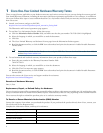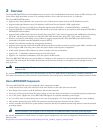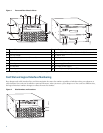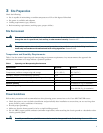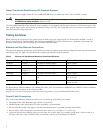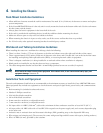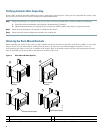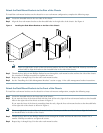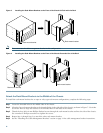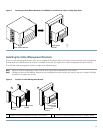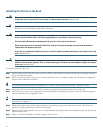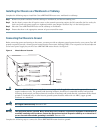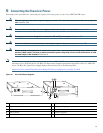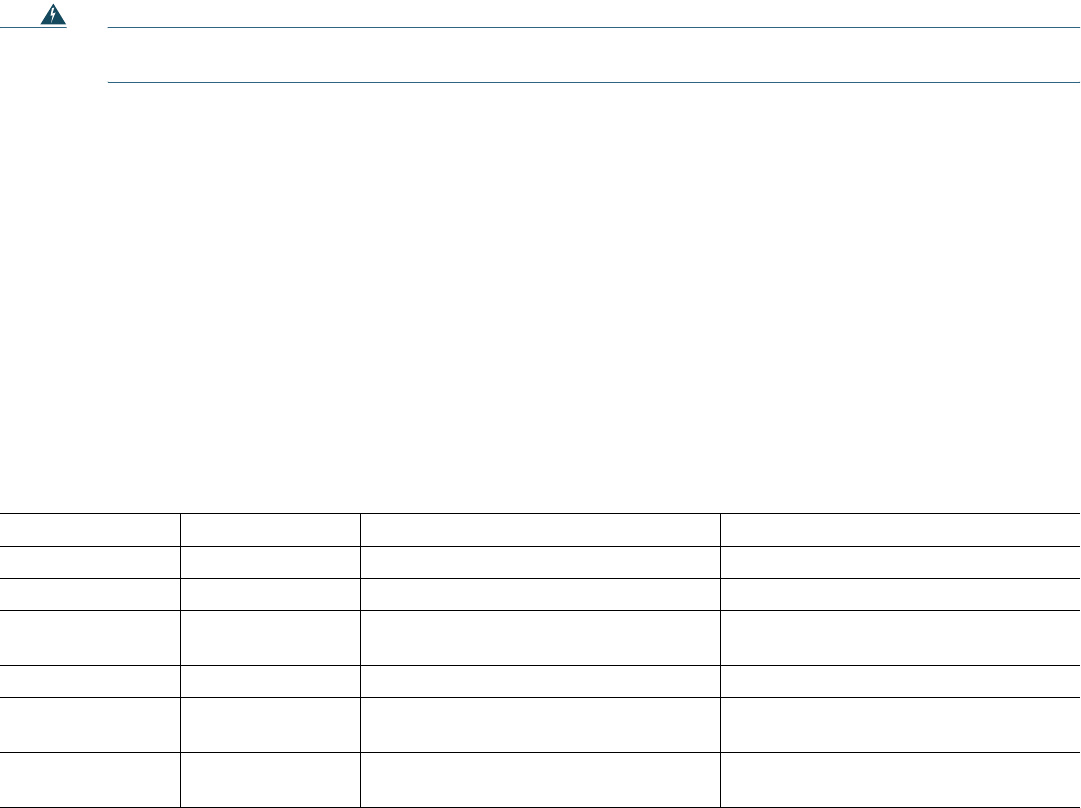
6
Power Connection Guidelines for DC-Powered Systems
The DC-input power supply allows the Cisco uBR7246VXR router to operate on either -48 or -60 VDC systems.
Warning
Connect the unit only to DC power source that complies with the safety extra-low voltage (SELV) requirements in
IEC 60950 based safety standards.
Statement 1033
The Cisco uBR7246VXR router (using DC power supplies) is not shipped with wiring to connect to a DC power source. You
must provide input, return, and earthing (grounding) wiring at the site, and install and protect the wiring in accordance with
local and national wiring regulations.
Cabling Guidelines
When planning the location of a new system, keep in mind signal type, signal speed, and transmission medium, as well as
distance limitations for signaling, EMI, and connector compatibility. Use this information as a guideline in planning your
network connections prior to installing the Cisco uBR7246VXR router.
Ethernet and Fast Ethernet Connections
The maximum distances for Ethernet and Fast Ethernet network segments and connections depend on the type of transmission
cable being used. See Table 2 for the maximum transmission distances between stations.
For details about Ethernet 10BaseT and 100BaseTX cables, refer to the Ethernet 100BaseTX and 10BaseT Cables: Guidelines
and Specifications document at the following URL:
http://www.cisco.com/en/US/products/hw/routers/ps133/products_tech_note09186a00801f5d9e.shtml
Coaxial Cable Connections
Keep in mind the following information when you are setting up and cabling your system.
• The length of the cable determines the amount of signal loss.
• Headend-grade cable (quad-shield 59-series minimum) is recommended.
• Do not bend the coaxial cable tighter than the cable manufacturer's specified minimum bend radius.
• Do not tighten cable connections (F connectors) more then 10 to 15 in-lbs (1.73 to 2.31 nm).
• To prevent connection problems, always use the same size coaxial cable. For example, going from a 6-series cable to a
59-series cable may cause reliability issues (intermittent contact) in the headend environment.
Table 2 Ethernet and Fast Ethernet Maximum Transmission Distances
Transceiver Speed Cable Type Transmission Mode Maximum Distance Between Stations
10 Mbps Category 3 Full duplex and half duplex 328 ft (100 m)
10 Mbps Multimode (MMF) Full duplex and half duplex 1.2 mi (2 km)
100 Mbps Category 5
Category 5e
Full duplex and half duplex 328 ft (100 m)
100 Mbps Category 6 Full duplex and half duplex 328 ft (100 m)
100 Mbps MMF Half
Full
1312 ft (400 m)
1.2 mi (2 km)
100 Mbps Singlemode (SMF) Half
Full
1312 ft (400 m)
6.2 mi (10 km)




